In a twenty year career, FuseFX’s VFX Supervisor Wayne England has worked on everything from American Horror Story to HBO’s Watchmen. With Marvel’s Loki, which completed its first season recently, he was faced with some fresh and unique challenges. He recently sat down with Martin Carr to go into more detail, delving deep into this new world of the TVA.
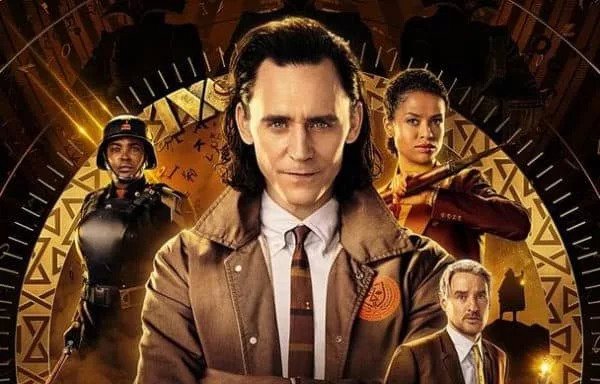
What proved to be the most challenging elements of creating Lamentis-1?
FuseFX’s specific efforts on Lamentis were centered upon all VFX that factored inside the tent in which Loki and Sylvie landed (via the time door) and inside the cabin in which they took refuge from the meteors. This also included fashioning all that we saw of Lamentis through the windows of both environments, which involved building a 3D set extension of the surrounding quarried cliffs. Their lighting and implied atmospherics also combined with periodic incoming meteors that we saw impacting and exploding.
The most challenging aspect was arriving at the exact level of precision associated with two sets of particle dynamics simulations that we created for action within the cabin. The meteor that penetrated the cabin, streaking down between Loki and Sylvie was one, and from close up we also saw impacting and exploding sand and rocks. The other simulations were for the 3D atmospheric, interactive dust effects within the cabin, released from a nearby large meteor impact. Loki walks through one of the dust plumes just as he is about to leave the cabin, so we accounted for his fluid dynamics trailing wake in the air to affect the dust. Although nuanced and subtle, it is essential to the story being told with the desired quality and fidelity.
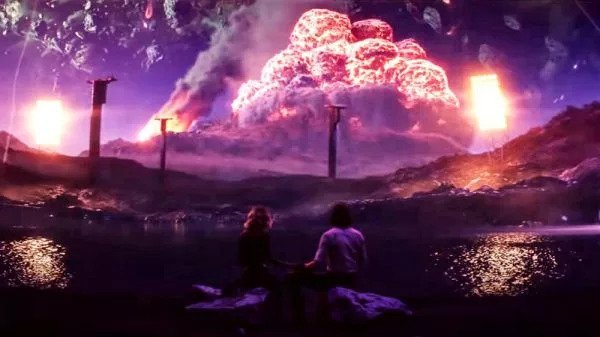
To what extent do you think Loki benefited from VFX in telling its story?
Hugely, in fact I can’t conceive of the show without the apparent realism of the TVA technology and how fundamentally, visual effects helped to create the show’s “world” in so many unseen and wondrous ways. VFX advancements have for some time now transformed the playing field insofar as the nature of content being made. With the new possibilities ushered in by VFX, the creators of features and episodics are emboldened to realise new kinds of extraordinary narrative, while confident that the visual ideals of the stories being told can be realized in truly remarkable ways.
Given the infinite possibilities regarding VFX that The Void opened up, can you explain the significance of that ship?
What a fantastic inclusion to have the USS Eldrige drop into the Void! It’s homage to the famed, fanciful lore of the “Philadelphia Experiment” in which the ship, as the story goes, became invisible or even teleported. So it being teleported into the Void is a brilliant inclusion of past “questions of wonder” at the fringes of reality into the unfolding story. This can be compared with the way Close Encounters of the Third Kind incorporated the return of the lost pilots (transported through time) from the famed planes gone missing in the Bermuda triangle.
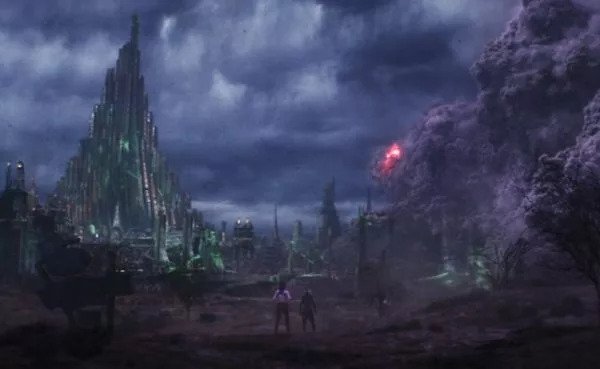
How collaborative was the director Kate Herron when it came to VFX in Loki?
We did not have direct exchanges with Kate on the show. Within the post-VFX process, exchanges were with the VFX supervisors, led by Marvel’s Endgame and Infinity War VFX supervisor Dan DeLeeuw.
From a VFX perspective, what do you say to those people who believe technology will one day make actors superfluous?
I think it’s a question of fidelity, and an interesting question about relative advancements in AI technology. That is, how it will usher in a new age of what we consider, or do not consider to be “simulation”. Like the Turing Test determining what is and is not human.
Which is to say that AI will only ever simulate the appearance of sentient intelligence because it’s powered by an AC plug, and ultimately the shuffling of ones and zeros in complex patterned formation. Does consciousness emerge from those shuffled ones and zeros? The answer is a rather definitive “no”. The fact is consciousness itself is the deepest uncharted mystery and as we move toward The Singularity (best consensus estimates 2043) and beyond, humanity is going to be faced with deep questions in relation to consciousness. Questions upon the themes of: what is it that distinguishes what is human (on every level), from what is AI. AKA start meditating.
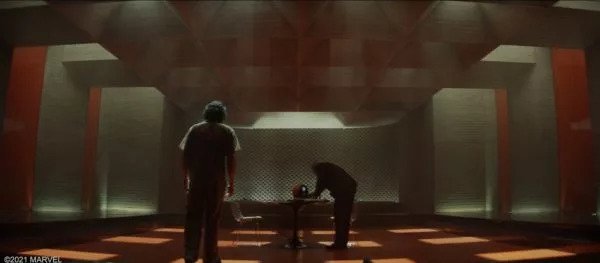
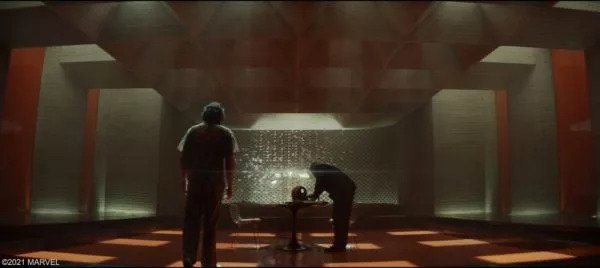
As motion capture is now so commonplace, where do you stand on the debate surrounding cinematic resurrection for contemporary films?
I think virtual careers are likely to have some amazing futures, given the resurrected have good agents that is! This returns to the themes of what is being made possible through VFX. The expanding ability to realize the highest visual ideals of storytelling is one part of the equation. The other: what is the story and its depth and power to move and inspire?
If you had to walk away from VFX tomorrow and pick another profession, what would it be and why?
A director or music composer. I have experience with both and love them both dearly. I can also see a merging of the two, but that’s a question for another time.
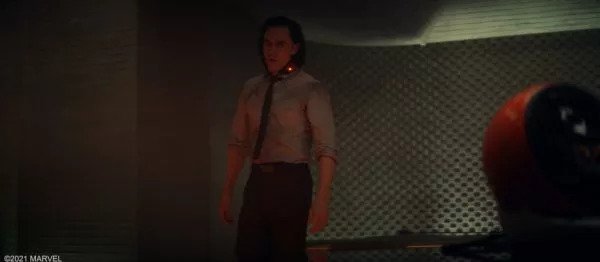
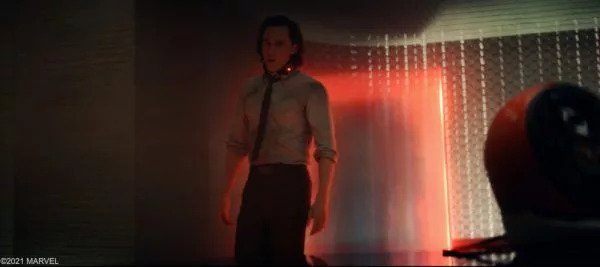
Having worked for both DC in 2011 on Green Lantern and now Marvel ten years later, which franchise do you prefer and why?
Though I really enjoyed Man of Steel, there is no question that for me personally, Marvel has the upper hand. How they’ve evolved their franchise with such quality and embedded such deeply rooted interconnected storylines also implies the journey of the expanding Marvel Cinematic Universe is only just beginning. Clearly, it’s headed into more profound and wonder-filled realms of inspired, storied adventure.
Many thanks to Wayne England for taking the time for this interview.


